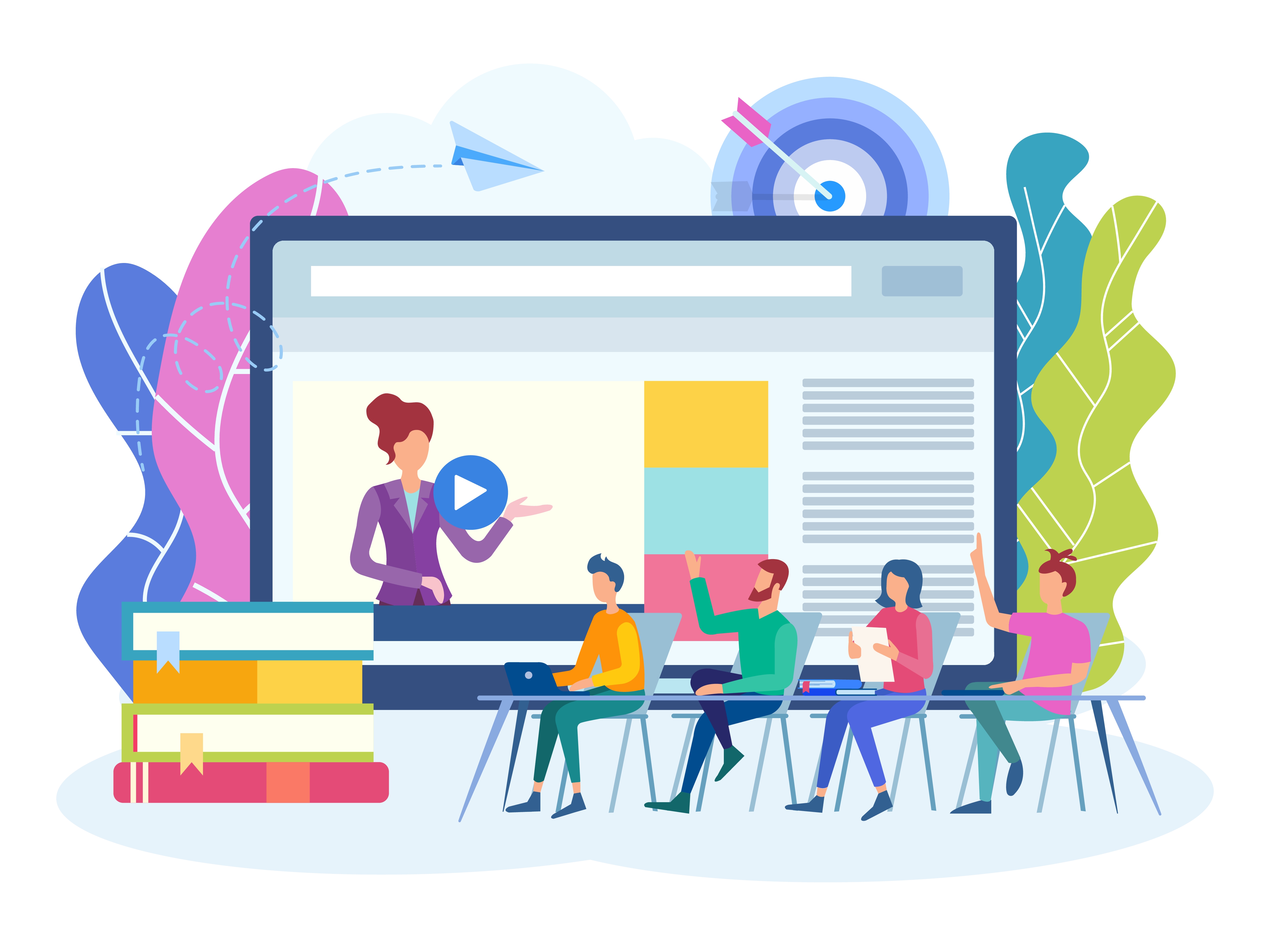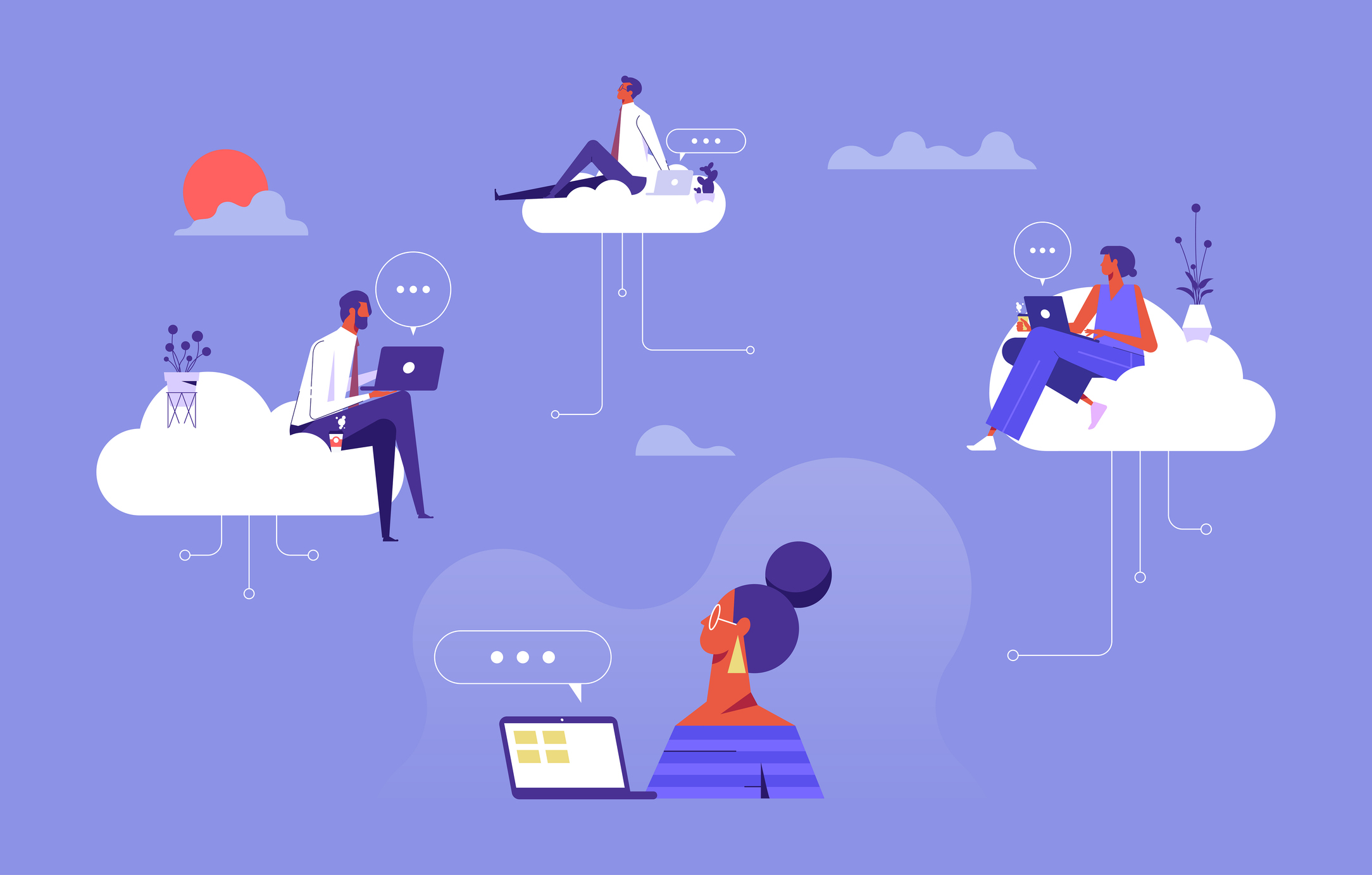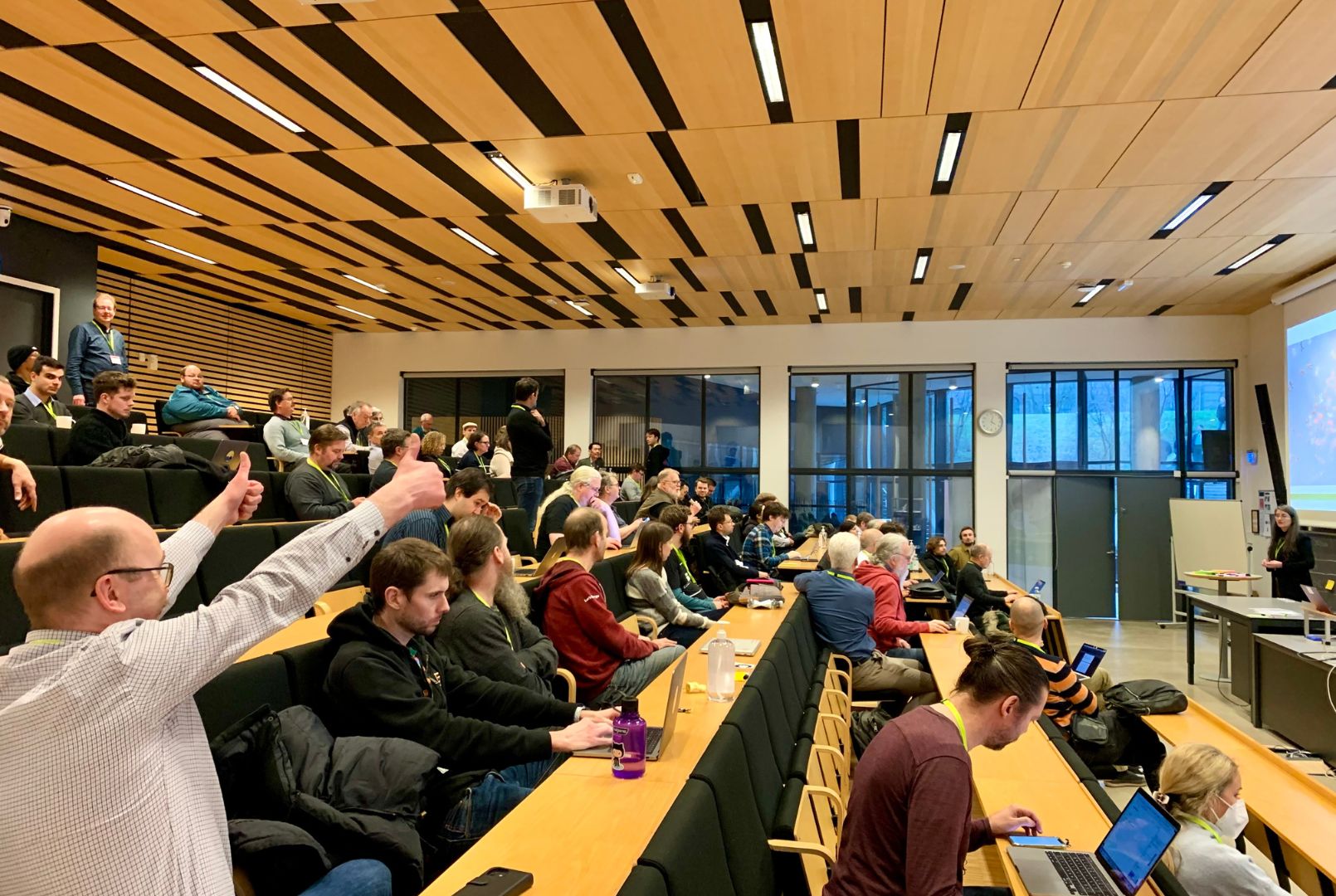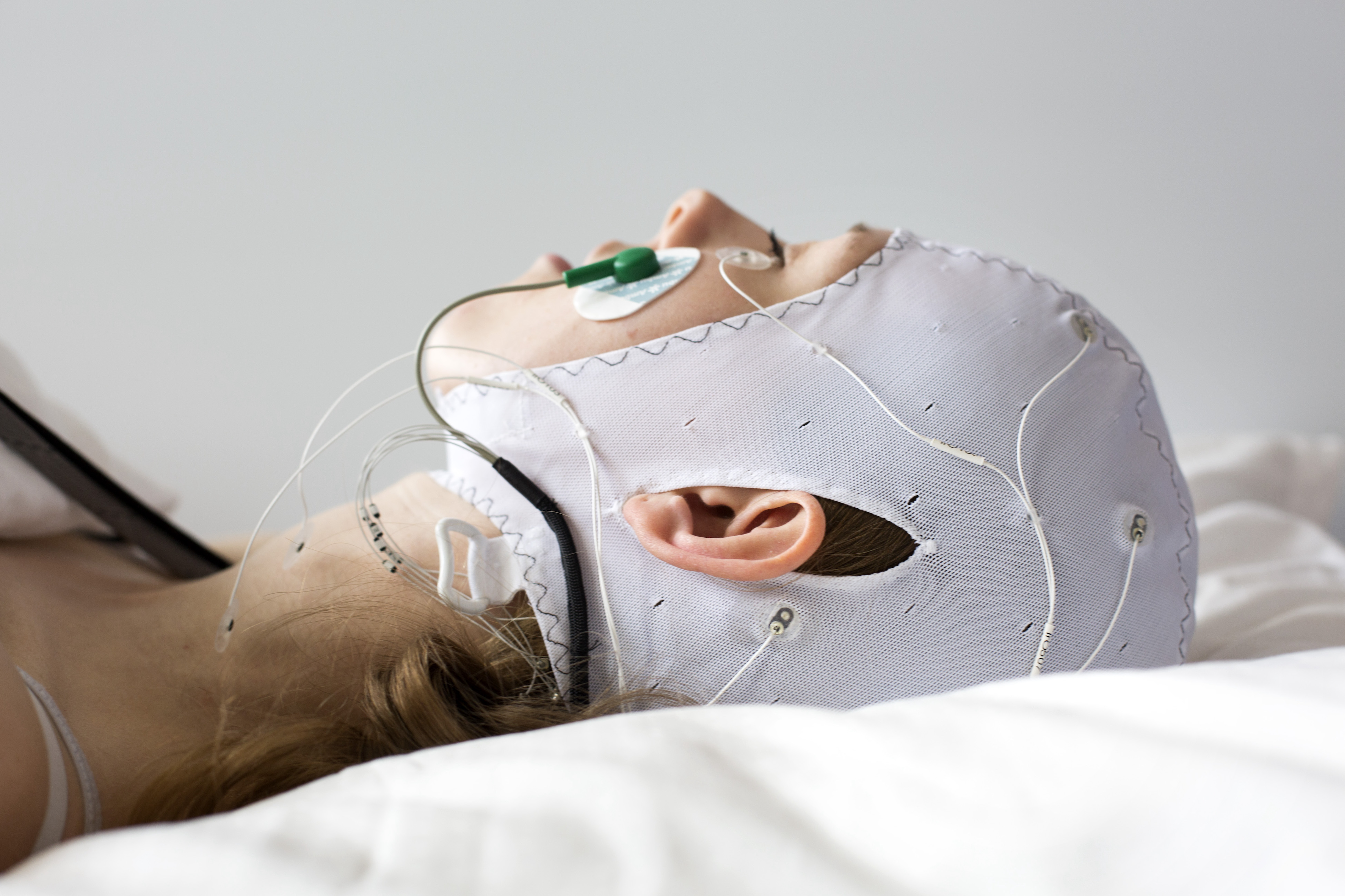
When Prime Minister Mette Frederiksen held a press conference in the Mirror Hall on 11 March 2020, it was probably the few who had a feeling that the next many months would offer teaching and work from home via digital solutions.
A very concrete example of the upheaval is the number of users of DeiC's Zoom solution, which exploded within quite a few days after the press conference. In the following three months, the number of meeting hours ranged from less than 7,000 to 2,000,000 hours.
The trend continued through the rest of 2020 and into 2021 when meeting hours have reached heights that no one in their wildest imagination could imagine in February 2020.
Or as Martin Bech, head of the Research Network, has previously stated:
"After more than 30 years of Internet services, I thought I had experienced most things, but I must say that the increase in Zoom consumption is beyond anything we have seen before."
- Read the news here.
Light at the end of the tunnel
If all goes well, we can now glimpse a reopening on the horizon, and the question is then whether we go directly back to the form of work we knew before the closure, or whether everyday life becomes more digital.

"A lot of people have become Corona-tired and just want to go back to the world they knew before the shutdown, but it is important that we do not forget what we learned during the shutdown", says Helle Rootzen.
"Digital work and digital learning have been on the agenda for many years, but the form of work has never really taken off and certainly not to the extent that we have experienced in the past year, where Corona has given us a cold start", says Helle Rootzen.
She has previously been employed as a professor at DTU in Learning Technology and Digitization, director of DTU Compute and today has her own company, andhero, where she advises on digitization, management and learning.
“It has been shown that educational institutions and companies have succeeded in transferring the face-to-face meeting to the digital platform. We have become much braver and the technology has come into place”, her analysis states, and she continues:
"However, many are Corona-tired, lack the social relations and just want to return to the world they knew before the closure. Therefore, we may see a backlash to the video conference when the country reopens. The important thing, however, is that we do not forget what we learned during the shutdown. We have now gained experience and courage in digital, which can give us greater flexibility, faster contact and which can benefit the environment and the economy, for example in relation to transport. We have to stick to that where it makes sense. ”
Likewise, many students have actually blossomed up during homeschooling.
“There is a large group who think the digital world is good and safe while a traditional lecture can be cross-border or stressful. It is important learning, ”says Helle Rootzen.
New meeting culture and teaching
Her assessment is thus that we must build a bridge between the digital and face-to-face work based on the experiences we have built up during the shutdown.
However, she also points out that the models we have chosen during the shutdown are not always designed for the digital platform. Many have 'simply' transferred the analogue workflows to the digital world, and this is far from always appropriate.
“We need to develop the didactics and meeting culture to suit the online meeting. Refine the methods and build on them. It will be a pity if we do not move and take advantage of the best of both worlds. I believe that in future there will be a more flexible framework in the form of a good mix of digital and traditional teaching. ”




